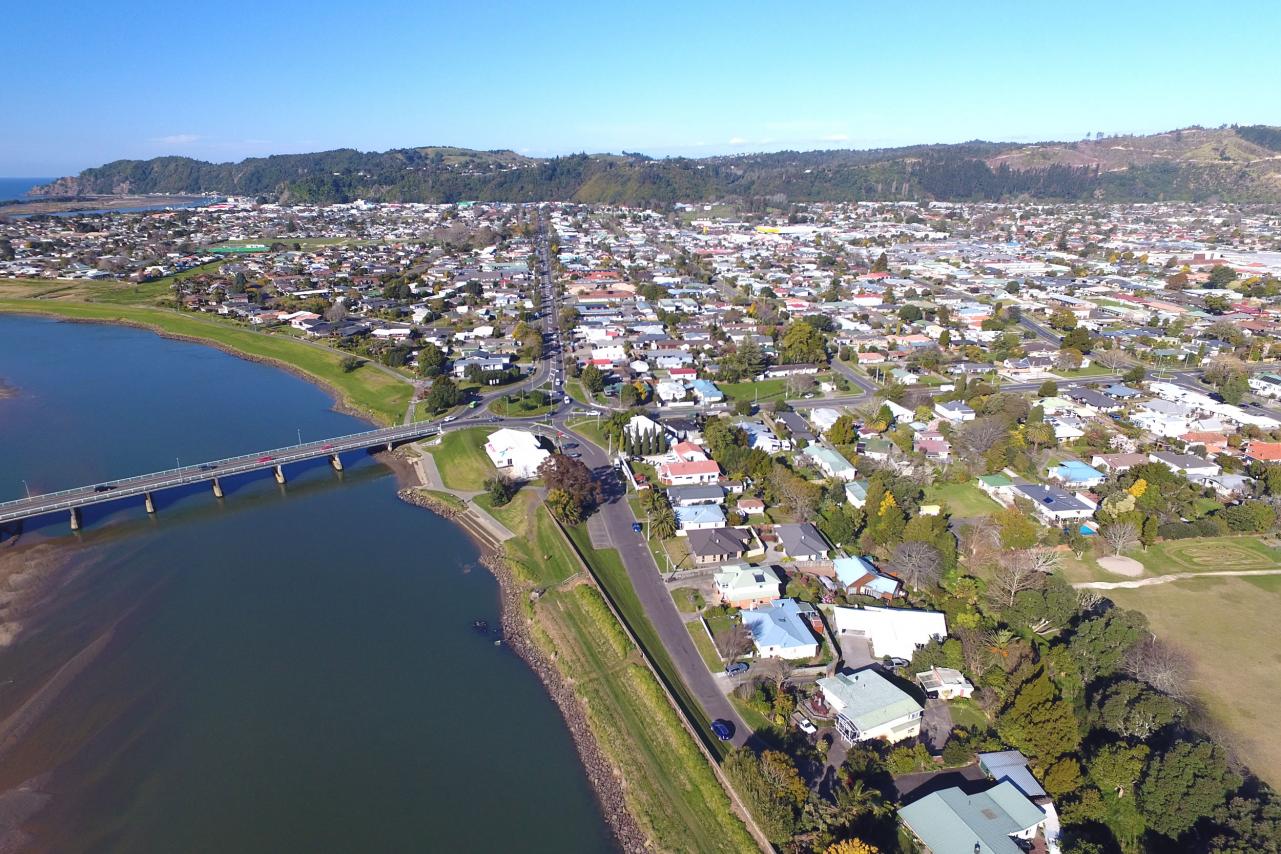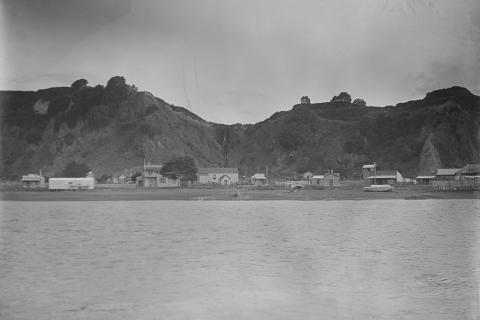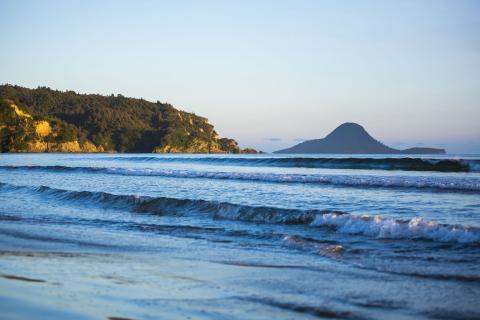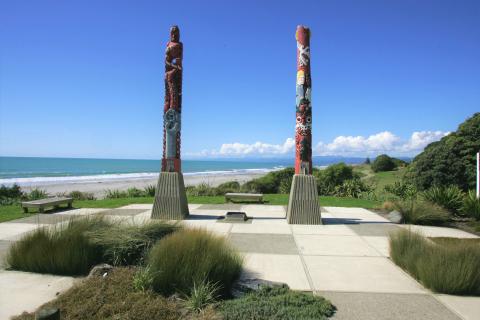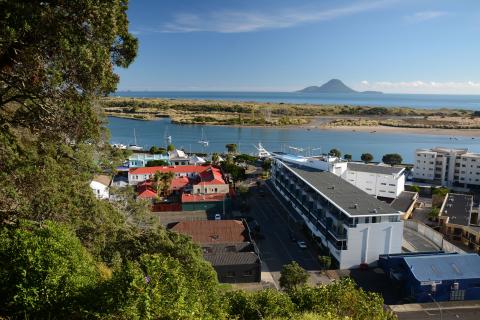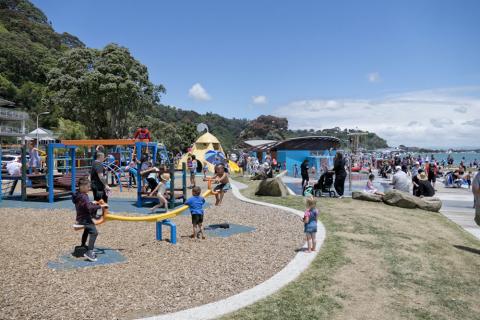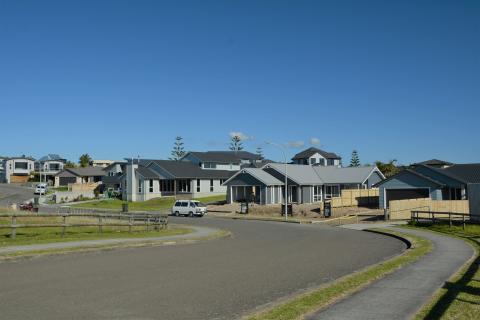About Whakatāne and the Eastern Bay of Plenty
The Whakatāne District has over 50 km of coastline, with many stunning beaches including Ōhope - recognized by generations of kiwi families as a favourite holiday spot. Inland, there are large areas of ancient native forest. The wilderness treasure of Te Urewera makes up some 40% of the district’s 4400 square kilometres.
The district is widely known as one of New Zealand's food baskets. The fertile Rangitāiki Plains are home to intensive dairy farming and horticulture (kiwifruit, olives, citrus, avocadoes and a wide range of berry fruit all thrive here). Around the district, sustainable forestry is a major industry.
While most of the Whakatāne District’s 37,100 people live near the coast, there are several inland towns serving the farming, forestry and horticulture industries.
The Whakatāne District, Kawerau District and Ōpotiki District make up the Eastern Bay of Plenty region with a current population of 50,500. Provincial Growth Fund announcements across the Eastern Bay during 2020 mean the region is poised to be transformed, as long-held aspirations for infrastructure projects and opportunities for economic growth are brought to life. Toi-EDA is the economic development agency for the Eastern Bay and represents the local government organisations in this space.
New Zealand's Sunshine Capital
Over the past decade Whakatāne has regularly recorded New Zealand’s highest sunshine hours, and in 2021, we were named the 'Sunniest Place in New Zealand' according to NIWA (National Institute of Water and Atmospheric Research). The region is one of the warmest in New Zealand too, with average daily maximum temperatures from 7–16 C in winter to 22–26 C in summer. Settled weather often extends into May or June, opening up tremendous lifestyle choices.
At the same time, the region is usually not too dry. Whakatāne usually receives between 1000 and 1200 mm annual rainfall, with substantial falls in some inland areas. Happily, much of that rain falls at night! That's why Whakatāne district is a food bowl, with a strong horticultural and agricultural economy.
An Outdoors Paradise
With such a close proximity to nature, the district’s residents share a deep love of the outdoors and walking, cycling, and water sports are all popular pastimes.
Whakatāne is well known for its game and recreational fishing. The town hosts annual tournaments that attract competitors from around New Zealand.
Further inland, swift, clear rivers offer great fishing, rafting and kayaking, with legendary hunting opportunities in the surrounding forests. Much of Te Urewera is in the Whakatāne District, and together with the neighbouring Whirinaki Te Pua-a-Tāne, this stunning expanse of rainforest forms the North Island’s largest native forest area.
